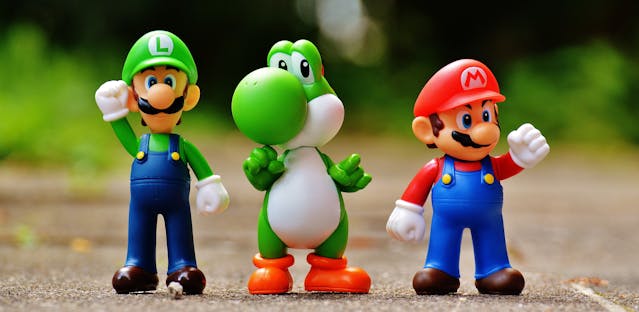Exploring the Symphony of Gaming Environments
In the world of video game level design solution, visuals often take center stage, but there’s another crucial player in the immersive experience – sound. Let’s delve into how sound design weaves its magic, influencing the very fabric of gaming landscapes.
Crafting a Sonic Landscape
Sound design is the art of creating a sonic landscape that complements the visual aspects of a game level. It’s not just about background music; it’s about the subtle rustle of leaves, the distant echoes of footsteps, and the crescendo of a dramatic moment. Each sound contributes to the overall atmosphere, shaping the player’s emotional engagement.
Enhancing Player Immersion
Imagine wandering through a dense forest in a video game. The rustling leaves, chirping birds, and distant waterfalls – all intricately placed by sound designers to immerse players in a rich, believable environment. Sound enhances immersion, making game levels feel alive and responsive to the player’s actions.
The Psychological Impact of Audio
Sound has a profound psychological impact, and in video game level design, it’s a powerful tool. From the adrenaline-pumping beats during intense battles to the eerie silence of a deserted space station, audio cues shape the player’s emotional journey. It’s a dance between the visual and auditory elements, creating an experience that lingers long after the game is turned off.
Cultural Significance of Audio in Gaming
Beyond technical advancements, the cultural significance of audio in gaming cannot be understated. Iconic soundtracks and memorable in-game sounds often become synonymous with the gaming experience. The “beep” of a classic arcade game or the orchestral masterpiece of a fantasy epic – these auditory elements become part of gaming culture, transcending the virtual realm.
Accessibility and Inclusive Sound Design
As the gaming community embraces inclusivity, sound designers are placing a greater emphasis on accessible sound design. Subtitles, audio cues, and customizable options cater to players with different hearing abilities. The aim is to ensure that everyone, regardless of their auditory capabilities, can fully enjoy and engage with the narrative woven through sound in video game levels.
Collaborative Efforts in Audio-Visual Design
In the collaborative landscape of game development, sound designers work hand in hand with visual artists to create a cohesive and impactful experience. Dialogue, music, and ambient sounds synchronize with visual cues, enhancing the narrative and reinforcing the thematic elements of each game level. It’s a collaborative dance that elevates the overall quality of the gaming experience.
Navigating Through Audio Cues
In the realm of video game level design, sound serves a practical purpose too – navigation. Well-crafted audio cues guide players through complex environments, alerting them to hidden dangers or indicating the path to progression. It’s a subtle guidance system that enhances gameplay without explicitly holding the player’s hand.
Evolving Technology in Sound Design
As technology advances, so does the sophistication of sound design in video games. High-fidelity audio, spatial sound, and dynamic soundscapes are becoming standard features. These innovations elevate the player experience, blurring the line between reality and the virtual world.
Synthesizing Realism and Fantasy
Sound design allows game developers to synthesize realism and fantasy seamlessly. Whether it’s the realistic hum of machinery or the fantastical melody of a mythical realm, audio breathes life into game levels. The fusion of authentic and imaginative soundscapes creates a holistic gaming experience.
Future Trends in Sound Design
Looking ahead, the future of sound design in video game level creation holds exciting possibilities. The advent of 3D audio technology promises an even more immersive experience, with sounds originating from specific directions, creating a sense of depth and realism. Additionally, the integration of AI-driven soundscapes is on the horizon, where the system adapts dynamically to the player’s actions, ensuring a personalized auditory journey.
The Symbiosis of Visuals and Audio
In video game level design company, the synergy between visuals and audio is undeniable. A picturesque landscape paired with a melodic score can evoke a sense of awe, while a dark alley with ominous sounds can instill fear. It’s the symbiosis of these elements that defines the emotional tone of each game level.
Challenges and Opportunities for Sound Designers
Sound designers face unique challenges and opportunities. Balancing the need for impactful audio without overpowering the visual narrative requires finesse. However, it’s these challenges that drive innovation, pushing the boundaries of what is possible in video game level design.
Conclusion
In conclusion, the influence of sound design on video game levels is a harmonious blend of art and technology. It’s the invisible force that enhances immersion, guides players, and shapes emotional experiences. As the gaming industry continues to evolve, sound design will undoubtedly play an even more integral role in creating unforgettable virtual worlds.

